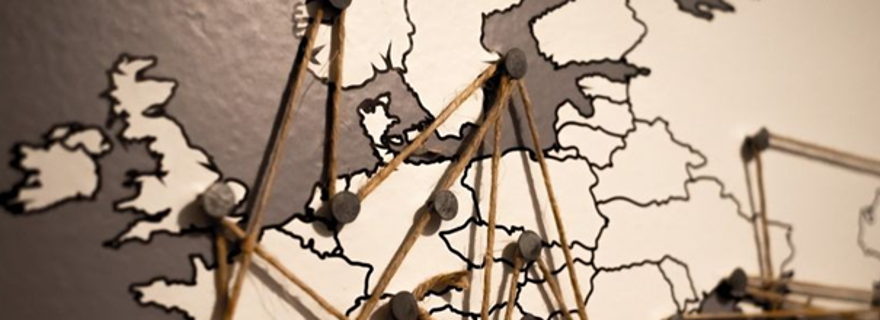
New assumption-free statistics offer a better choice for many research studies
PhD candidate Daniël Gomon has developed statistical methods that could significantly improve research in fields like medicine and demography. ‘Mathematicians don’t like unrealistic assumptions,’ he says. Gomon will defend his PhD thesis on 19 June.
Learning from data — that’s at the heart of almost all scientific research. And in most of that research, scientists use statistics to learn something meaningful about the world. With the right statistical tools, they can determine, for example, whether differences between patient groups are just a coincidence, or actually caused by different treatments.
Gomon’s favourite topic: statistics
While most people wouldn’t put statistics at the top of their list of interests, Daniël Gomon is an exception. ‘When I started my Bachelor’s in Astronomy & Mathematics, I was mostly drawn to the astronomy part. But in the end, mathematics, and especially statistics, won me over.’ He enjoyed working on his Master’s thesis so much, and with such success, that it naturally led to his PhD research. ‘I worked on survival analysis, a type of statistical modelling that helps show how long it takes for a certain event to occur.’
Standard statistical models rely on assumptions
One well-known example is how long it takes for cancer to return after treatment, or how long someone remains healthy following a heart transplant. How many patients are still alive or healthy after three, five, or ten years? Gomon explains: ‘One of the problems with this kind of analysis is that statistical methods are usually based on assumptions. Say you monitor someone every six months, and after a year and a half you discover the disease has come back. You don’t know whether that happened at thirteen months or seventeen. Most standard statistical models will just assume it happened exactly at eighteen months.’ But if you want to understand reality as closely as possible, that kind of assumption doesn’t help. Mathematicians don’t like unrealistic assumptions,’ he says.
New models minimise assumptions
Gomon developed new statistical models for different types of research questions. The common thread? Minimising the number of assumptions. Taking the example of survival analysis again, he explains: ‘If someone turns out to be ill at the third six-monthly check-up, the illness must have developed somewhere between twelve and eighteen months. My model doesn’t just assume it started at fifteen months. Instead, it learns from all the available data. If, say, more people were ill at the fourth check-up than at the second, that suggests the illness probably appeared closer to eighteen months than shortly after the twelve-month check-up, when there were no signs of illness yet.’
Now researchers just need to start using them
Gomon’s models offer a better approximation of reality, great news for researchers in many different fields. Not just medicine, but also areas like demography, where scientists study trends such as how many Europeans move to another EU country each year. The only question now is: when will scientists stop using their old methods and switch to Gomon’s? ‘In practice, it usually takes some time. Someone has to be the first to try it and see the benefits.’ Maybe this article will help speed things up.
PhD defence
Daniel Gomon defended his thesis titled 'Challenges in survival analysis: sequential analysis, prediction and non- parametric estimation' on 19 June in the Academy Building. His supervisors were Marta Fiocco, Hein Putter, and Mirko Signorelli.
